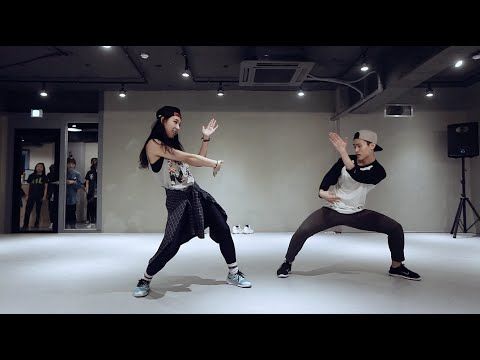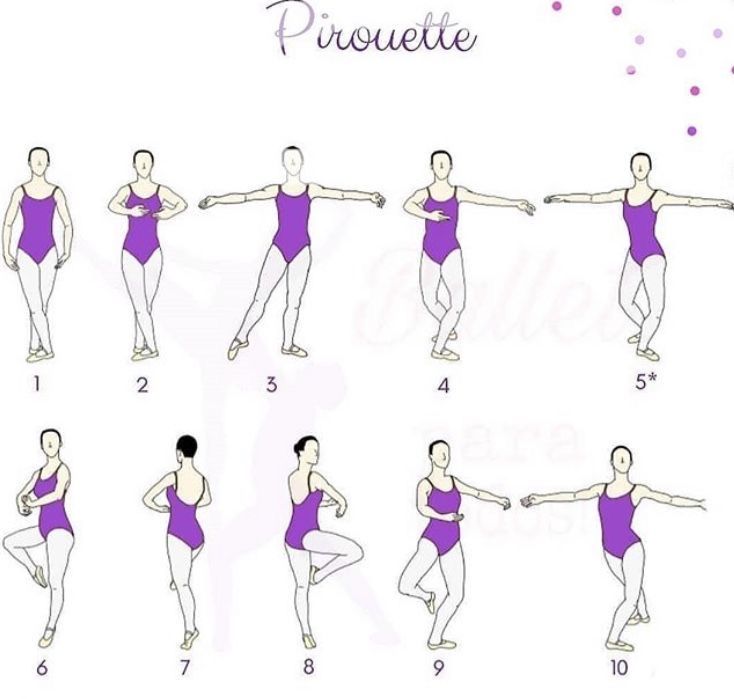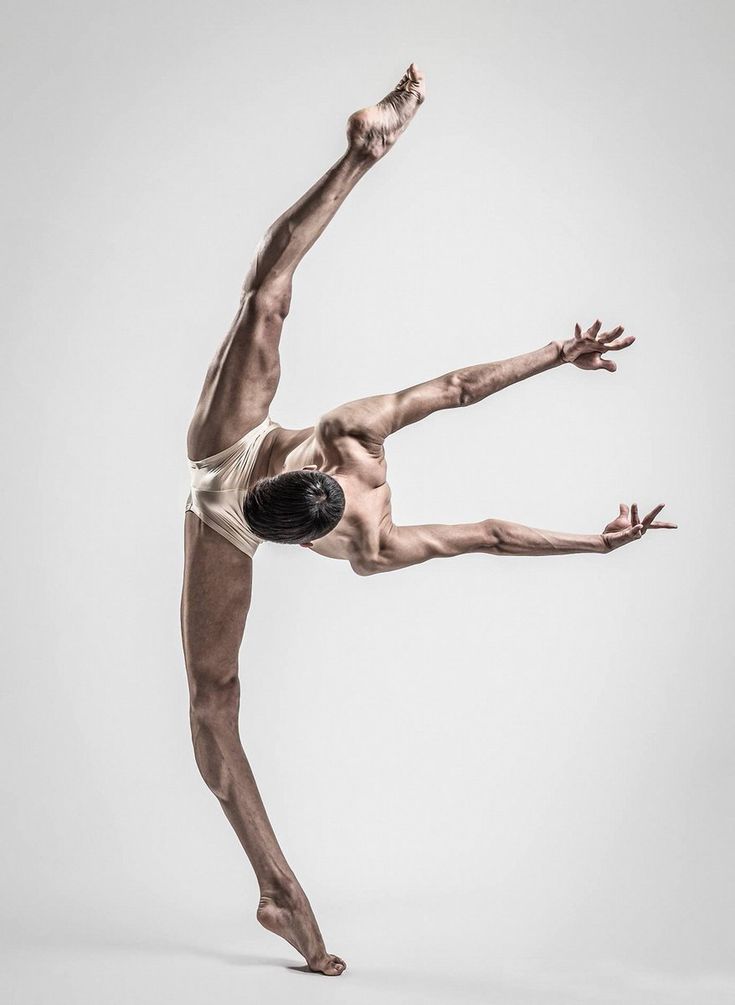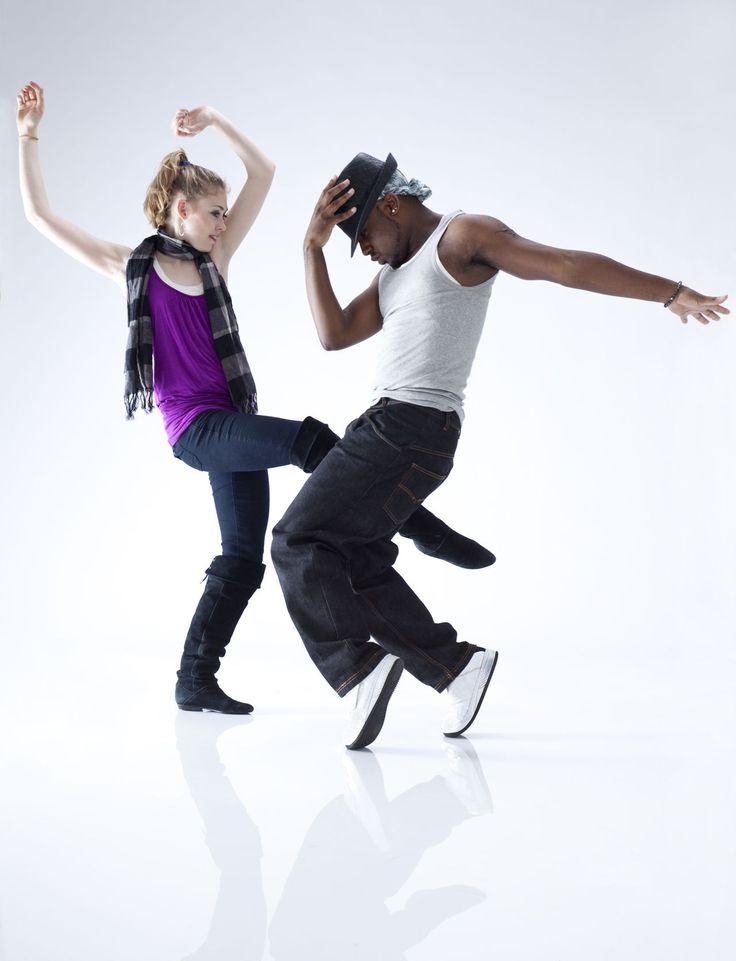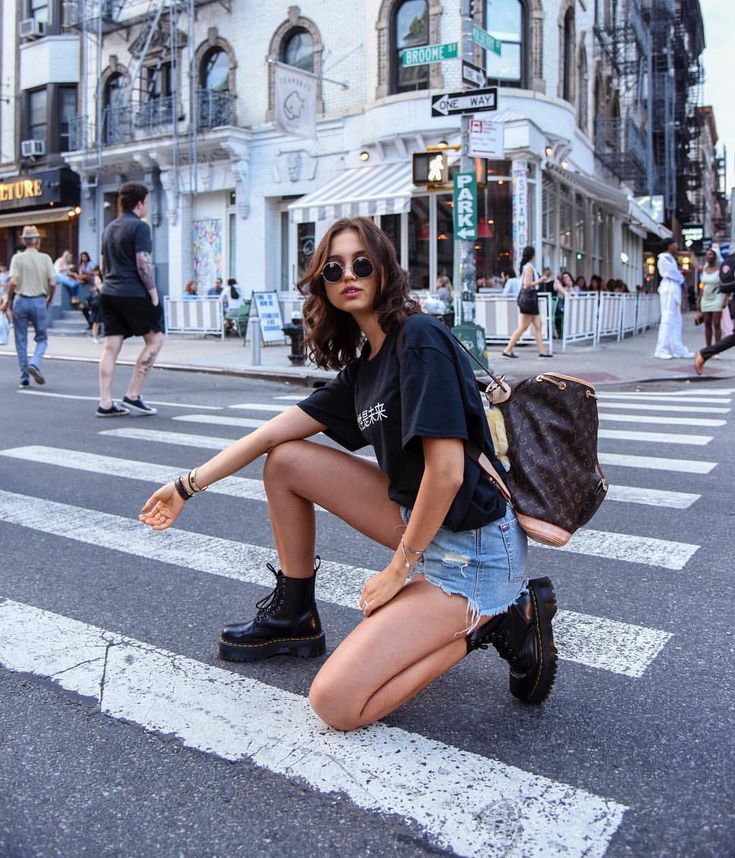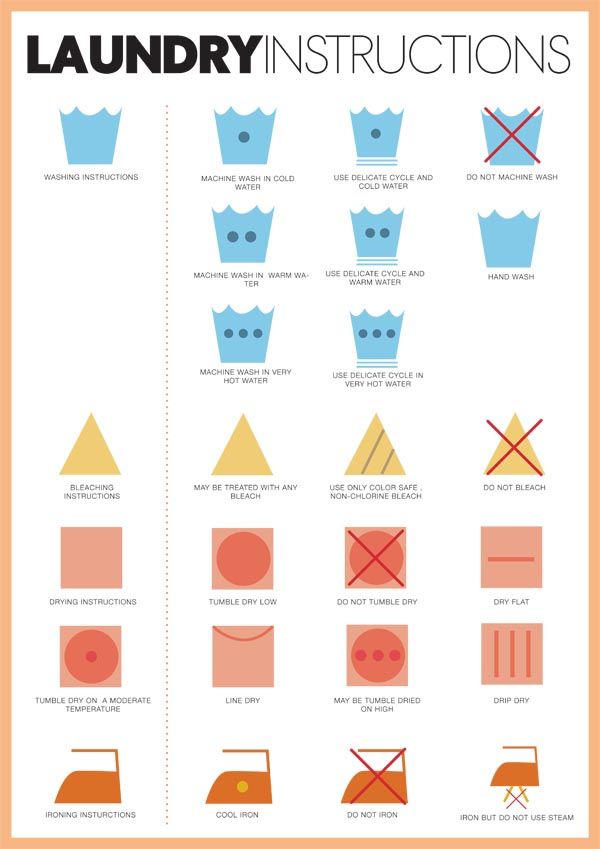How to dance like usher
How to Hip-Hop Dance like Usher
Learn how to dance like Usher from choreographer Matt Steffanina in this Howcast dance video.
Transcript
What's up my name is Matt Steffanina and today I'm going to teach you guys how to dance like Usher. Usher is known for his big movements and his smooth glides. So I'm going to teach you guys a combination that incorporates both of those that you can practice on your own. You're going to start by stepping left, right. You're going to go ball exchange, a one, you're going to step forward two. You're going to jump out and you 're going to cross your left foot in front of your right, three.
Notice how I brought this arm in front to prepare for this turn. From here I'm going to take this arm and I'm going to use it to pull around, I'm going to unwind my feet and face the side. From here I'm going to take my front leg, step it out, then I'm going to switch my feet. When you switch your feet, you don't want to just step and step, you want to use your toes to make this smooth.
So as I step back, I go under the toe of this foot, then lower down slowly as I step out with my back foot. From here we are going to do a roll to the front, but we are going to isolate it. I'm going to start with my chest and upper body. So my chest is going front and around to bring my legs around after. Let's try and put that first eight count together. We have six, seven, eight. This goes a one, two and three, this is your prep, turn, four. Step your right foot out, five, switch your feet, six, pull to the front, seven, unwind your legs, eight.
When I release my legs, I'm going up on my toes again to bring my knees around to the front. From here I'm going to step my left foot in to meet my right and I'm going to body roll down. You want to create the illusion that this left foot stepping in causes your chest to go up to start this roll. As you finish this roll, you're going to bring your right knee up, then you're going to use your right leg kicking back to help you slide back on your left foot.
The further you travel back with this step, the more impressive it's going to look. So use this leg and really kick hard to travel. From here you're going to step this right foot back down in front and we're going to go into Usher's signature glide. So this is a little take on what Michael Jackson used to do and instead of gliding straight to the back, we're going to go in a circle. I'm going to start by going up on to my right toe.
From here, I'm going to push my left foot out and turn my toes so that they are facing away from each other. From here I'm going to bring my right foot in and shift my weight over to my left foot, gliding my right foot in. We're then going to go back up on to the right toe and continue this process all the way around. Pushing our left foot out, shifting our weight, bringing our right foot in. Right toe, shift our weight, bring our right foot in. When we get all the way back to where we started, we're just going to finish with a little groove.
Let's try to put that all together. We have five, six, seven, eight, ball exchange, two and three, turn four, right, left, chest, legs step together, roll down and three, four, you glide five, six, seven, eight, we bounce one, two, three, four. The groove at the end is up to you, just freestyle it. Have a good time. Practice that; and this is how you dance like Usher.
Dancing | Usher Teaches The Art of Performance
Arts & Entertainment, Music
Usher
Lesson time 07:05 min
Mastering dance is all about discovering your own style. Usher explains how interpretation and individuality are the keys to a captivating dance performance. And yes, it involves a lot of practice.
Students give MasterClass an average rating of 4.7 out of 5 stars
Topics include: Finding your style • Watching and learning • Practicing
Usher
Teaches The Art Of Performance
In his first ever online class, Usher teaches you his personal techniques to captivate audiences across 16 video lessons.
Sign Up
Preview
It would be hard to believe that I wasn't a great dancer when I first started.
As a matter of fact, I almost made the biggest mistake of not making dance a very important part of who I am as a performer, because the song and dance artist, or dance man, right, really wasn't the focus from me.
Or at least that wasn't what the people who were working on my career felt would be a fair representation of what you could expect from me as an artist.
It was more cool.
And while it was great to have those things, the cool factor, right, eventually I got to a place where I wanted my brand to represent who are really was.
I was a kid who danced in the '80s and danced in the '90s.
And I wanted that to be a part of what would represent me as an artist.
I took from a lot of what I used to do as a kid, and I made that a part of who I was as an artist. Now, you know, the perspective of it was a little bit fragmented because working with my choreographers from Los Angeles, they had a perspective of boogaloo and also to locking and popping.
And then my other choreographer, Todd Sams from Cleveland, he had a different perspective.
And we kind of pulled it all together and before you know it we began to create this new idea of an artist.
So you got Flii and Anwar Burton out on the west coast, and Todd Sams who came together with me, and we created what you know to be my style.
For me, the focus was bringing every aspect of who I was to the forefront.
So I worked with my choreographers and we went back to the '80s and we grabbed onto dance moves that were very relevant in that time and we brought them up to the '90s, which then created an entire new conversation.
It was all based in what I knew and what I was comfortable doing.
It was kind of like second nature to do certain moves because I was familiar with it.
Now, you know, the perspective of it was a little bit fragmented because working with my choreographers from Los Angeles, they had a perspective of boogaloo and also to locking and popping.
And then my other choreographer, Todd Sams from Cleveland, he had a different perspective.
And we kind of pulled it all together and before you know it we began to create this new idea of an artist.
So you got Flii and Anwar Burton out on the west coast, and Todd Sams who came together with me, and we created what you know to be my style.
For me, the focus was bringing every aspect of who I was to the forefront.
So I worked with my choreographers and we went back to the '80s and we grabbed onto dance moves that were very relevant in that time and we brought them up to the '90s, which then created an entire new conversation.
It was all based in what I knew and what I was comfortable doing.
It was kind of like second nature to do certain moves because I was familiar with it. And whenever I wasn't I just worked at it.
I just worked and worked and worked until I perfected it.
I came up with choreography.
But I think the feel, the texture is what was most important.
So I had this attitude.
I said, I want to be the baddest guy on the stage.
I wanted to be able to captivate an audience with my presence, more so than just my voice.
And voice as well, but be able to shock 'em, you know.
Yeah, there was a few pelvis thrusts in there, but it worked.
And you do what works for you, and I guarantee you, man, you will that entertainer.
You can go online and look and study dancers from all over the world to create a style of your own.
You can take dance classes now if you want to, but you have to physically put your eyes on it.
You have to go in and investigate, do a little bit of study to find it.
And then you've got to work at it to perfect it.
And whenever I wasn't I just worked at it.
I just worked and worked and worked until I perfected it.
I came up with choreography.
But I think the feel, the texture is what was most important.
So I had this attitude.
I said, I want to be the baddest guy on the stage.
I wanted to be able to captivate an audience with my presence, more so than just my voice.
And voice as well, but be able to shock 'em, you know.
Yeah, there was a few pelvis thrusts in there, but it worked.
And you do what works for you, and I guarantee you, man, you will that entertainer.
You can go online and look and study dancers from all over the world to create a style of your own.
You can take dance classes now if you want to, but you have to physically put your eyes on it.
You have to go in and investigate, do a little bit of study to find it.
And then you've got to work at it to perfect it.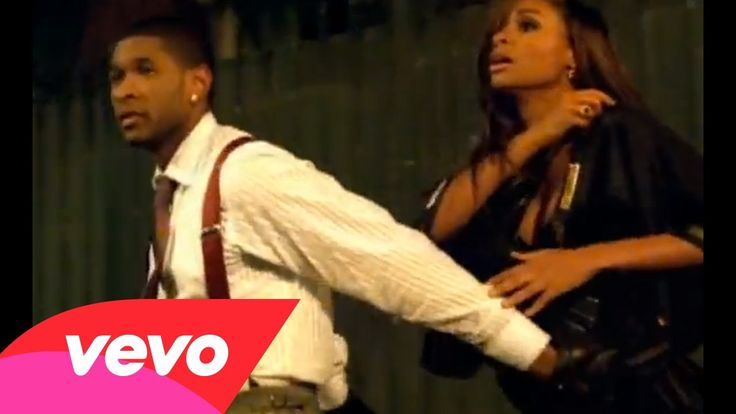 I think in some ways you can get classical lessons and be taught dance.
You can learn it from either direction.
If you've learned how to move because you see what's going on i...
I think in some ways you can get classical lessons and be taught dance.
You can learn it from either direction.
If you've learned how to move because you see what's going on i...
About the Instructor
Usher, winner of 8 Grammy Awards, reveals the technical skills, career lessons and breakthrough advice that he has used to captivate audiences for over 25 years. For the first time ever, learn how Usher approaches performance and wins over audiences from the studio to the stage. There has never been a class like this before.
Featured Masterclass Instructor
Usher
In his first ever online class, Usher teaches you his personal techniques to captivate audiences across 16 video lessons.
Explore the Class
How to learn to dance like Michael Jackson?
Posted on by HRTrain
Content:
- How to learn movements
- Michael Jackson moonwalk
- Pop Idol Dancing Secrets
- Video tutorials
Milk Jackson is considered one of the best choreographers and dancers in history.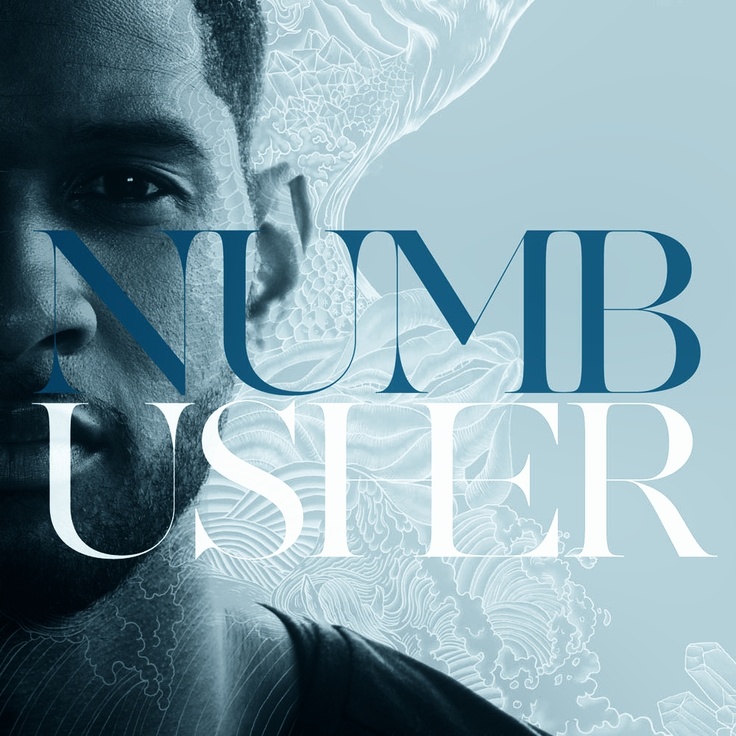 His skill was the best of the best among those who were in the pop industry. He always did it easily, and so far he remains the most outstanding artist (of course, not in the literal sense of the word). You can enjoy his staging and movements in various videos. Michael is such a great dancer that the dance looks very organic and simple, as if you can immediately get up and repeat everything without difficulty! But, this is the great talent of Michael Jackson as an artist - to do the complex at ease and easily! How to learn to dance like him? What is the secret of movement? Naturally, the singer's hallmark is the well-known "moonwalk". This movement is a special technique where the dancer moves backward while trying to move forward. This is how the illusion of sliding is created.
His skill was the best of the best among those who were in the pop industry. He always did it easily, and so far he remains the most outstanding artist (of course, not in the literal sense of the word). You can enjoy his staging and movements in various videos. Michael is such a great dancer that the dance looks very organic and simple, as if you can immediately get up and repeat everything without difficulty! But, this is the great talent of Michael Jackson as an artist - to do the complex at ease and easily! How to learn to dance like him? What is the secret of movement? Naturally, the singer's hallmark is the well-known "moonwalk". This movement is a special technique where the dancer moves backward while trying to move forward. This is how the illusion of sliding is created.
How to learn the moves
It takes curly hair and shiny socks to learn the sliding moonwalk. They say it's the key to success! And here are the phased technical movements:
- On a full foot, put one foot forward;
- Take the second back and put it on your fingers;
- With the foot that is in front, begin to slide lightly and gently back past the foot that is behind;
- Now, with the foot that was in front, put on the whole foot, and lift the back one on the toes;
- Repeat these movements again and again.
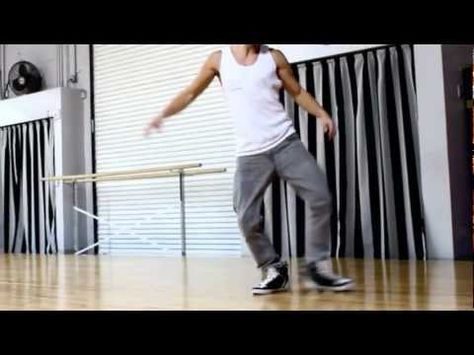 All kinds of variations of the movements of the moonwalk, allow you to slide to the right, left, forward, as well as in a circle. Now you know how easy it is to learn this intricate movement.
All kinds of variations of the movements of the moonwalk, allow you to slide to the right, left, forward, as well as in a circle. Now you know how easy it is to learn this intricate movement.
Michael Jackson's moonwalk
The artist first showed the moonwalk way back in 1983 on an American live TV show while performing the song "Billie Jean". Young Michael, dressed in a hat, one glove, black jacket, silver T-shirt, silver socks and black pants, made a splash. He wrapped himself around himself and did this world-famous gait.
The dancing of the star attracted a huge number of spectators, and the movement itself called the moonwalk became very popular. Dancing is considered the second nature of the famous singer. The first is, of course, music, which occupied most of his life.
It is interesting that in 1989 they made a film where Michael played the main role, he portrayed himself. This movie is called "Moonwalker". The singer considered dancing such an important part of the image that even the biopic was called "Moonwalk", which translates as "Moonwalk".
Secrets of dancing pop idol
In addition to the moonwalk, dancers all over the world love to repeat another trick of the star. This is body tilt 45 degrees to the floor . You can see it in the video for the song "Smooth Criminal". There are a large number of variations and versions on the theme: how to perform this trick. Some argue that in the stage costumes of Michael himself and his dancers, special pins were installed, in the shape and size of the heel, which at some point advanced and fixed. The dancer himself patented this boot design.
How to learn to dance like Michael Jackson? Is it realistic to do it? Naturally, yes! A huge number of people are proof of this. The video tutorials below will help you. Carefully study the technique, turn on the music louder, and go ahead.
Video lessons
Uchieto.ru
Category:
- Training
Keywords:
- How to learn
- How to learn how to dance
Evaluate publication
Popular
20 memes about recruiting, interviews [09. 12.22]
12.22]
Amazon fires recruiters. They will be replaced by Artificial Intelligence
Rostrud explained the features of part-time work and gave instructions
Michael Jackson - the best dancer of our life - Unsportsmanlike behavior - Blogs
Performed at the Super Bowl and came to Fulham.
In the spring of 1999, Michael Jackson visited the third English division football match between Fulham and Wigan. For a figure of this status, the event was not at all obvious, and when, after the game, the owner of Fulham, Mohammed Al-Fayed, invited Jackson to the locker room, the players decided that this was an imitator. Just in case, they asked him to show the moonwalk.
It is not known if the most successful artist in the history of mankind slipped into the dressing room of a modest English stadium to confirm that he was not an impostor.
But how cool would it be if it was.
***
Michael Jackson spent 45 of his 50 years in show business. He recorded the highest-grossing album in the history of music (and in total, according to various estimates, sold from 200 to 750 million copies of his work), won hundreds of awards, turned MTV and Super Bowl concerts into a global phenomenon, and also anticipated more or less all pop music. music at the turn of the century and was once seriously crowned an African king. In his peak years, he collected Wembley 15 times, and when in 2009-m announced a return tour, a million tickets were swept away in two hours. At various times, Jackson has been a cartoon character, a doll and an advertising face for Pepsi, and now for almost a decade he remains the highest paid deceased celebrity. In the entire world culture of the 20th century, units are comparable to Jackson in terms of scale, recognition and influence: Chaplin, Disney, Elvis, Lennon.
He recorded the highest-grossing album in the history of music (and in total, according to various estimates, sold from 200 to 750 million copies of his work), won hundreds of awards, turned MTV and Super Bowl concerts into a global phenomenon, and also anticipated more or less all pop music. music at the turn of the century and was once seriously crowned an African king. In his peak years, he collected Wembley 15 times, and when in 2009-m announced a return tour, a million tickets were swept away in two hours. At various times, Jackson has been a cartoon character, a doll and an advertising face for Pepsi, and now for almost a decade he remains the highest paid deceased celebrity. In the entire world culture of the 20th century, units are comparable to Jackson in terms of scale, recognition and influence: Chaplin, Disney, Elvis, Lennon.
In his autobiography (correctly titled "Moonwalk"), Jackson told how he worked with Diana Ross, Paul McCartney and Stevie Wonder, and on national television joked personally for Hollywood Golden Age legend Katharine Hepburn, who motherly reprimanded him for eternal dark glasses. But in a surprising way, in the most touching moment of his (rather on-duty) memoirs, there is no namedropping, and it’s not even about music, but about dancing:
But in a surprising way, in the most touching moment of his (rather on-duty) memoirs, there is no namedropping, and it’s not even about music, but about dancing:
“I wanted to do a really long spin and stop on my toes for a moment,” Jackson wrote of his iconic 1983 Motown record label performance. - But I could not freeze as much as I wanted, and lowered my heel. [Later backstage] I was still upset about it, but then a little boy came up to me - about ten years old and in a tuxedo. He looked up at me with eyes full of admiration and said: “Where did you learn to dance like that?”.
***
“I've always been good at dancing,” said Jackson, the only musician in America's Dance Hall of Fame. The choreography is already present in Jackson's earliest performances as part of his family group the Jackson 5, the sensation of the era of bubblegum pop.
Jackson joined the Jackson 5 when he was only five, and spent his entire childhood in rehearsals and performances: first in talent shows, and then with his own concerts.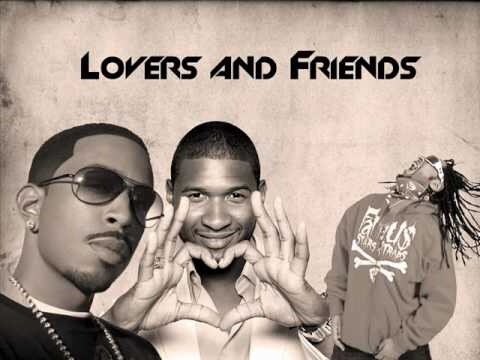 He recalled being alone backstage as a child “watching all the headliners to learn as much as possible from them. I looked at their feet, at what they were doing with their hands, how they were holding the microphone, trying to understand why. I did not miss a single step, not a single movement, turn, turn, twist, emotion, half-movement. That was my education and my recreation."
He recalled being alone backstage as a child “watching all the headliners to learn as much as possible from them. I looked at their feet, at what they were doing with their hands, how they were holding the microphone, trying to understand why. I did not miss a single step, not a single movement, turn, turn, twist, emotion, half-movement. That was my education and my recreation."
Having already become a star, Jackson in many ways remained a child, full of unique androgynous innocence. In particular, he retained this awe of great artists, as if refusing to see that he himself became one of them: “I grew up on real showmen: James Brown, Sammy Davis, Fred Astaire, Gene Kelly. A great artist does not leave anyone indifferent - this is an indicator of greatness. It's like Michelangelo - whoever you are, it can't help but touch."
At the same time, the professional drive and ambitions of Jackson himself have always been very powerful. The song Dancing Machine came out at 1974, when 17-year-old Michael had already grown to the role of the frontman of the Jackson 5, and he was "determined to find a dance element that would enhance the song and make the performance more interesting for both the band and the audience. " Thus, by a conscious effort of the creative will of a teenager, nothing less than a robot dance was born. The movement, seen on the street, catapulted the Dancing Machine to the top of the charts, and showed Jackson the power of television. “In just a few days, it seemed like every American kid was dancing the robot. I have never seen anything like it,” he recalled at 1988th. 30 years later, the world has survived macarena, gangnam and (sort of) floss, and the robot is still the highlight of school discos, street sessions and Sex and the City.
" Thus, by a conscious effort of the creative will of a teenager, nothing less than a robot dance was born. The movement, seen on the street, catapulted the Dancing Machine to the top of the charts, and showed Jackson the power of television. “In just a few days, it seemed like every American kid was dancing the robot. I have never seen anything like it,” he recalled at 1988th. 30 years later, the world has survived macarena, gangnam and (sort of) floss, and the robot is still the highlight of school discos, street sessions and Sex and the City.
***
Four years after the robot, Jackson played the Scarecrow in Visa, Sidney Lumet's fantasy based on The Wonderful Wizard of Oz. Jackson, who always dreamed of cinema, worked on the film with its most complex choreography:
“Since childhood, it was enough for me to see a dance movement once - and I immediately knew how to perform it. Someone had to explain step by step, beat the rhythm, show where to put your foot and move your hip, and where - with your neck. But if I saw it, then I could repeat it.
Someone had to explain step by step, beat the rhythm, show where to put your foot and move your hip, and where - with your neck. But if I saw it, then I could repeat it.
But, as it should be in the film industry, this became a problem. One day during filming, Diana Ross, who played Dorothy, took Jackson (with whom she had a great relationship) aside and explained that he puts her in a bad light because he learns dance chords too quickly. Until the end of filming, 20-year-old Jackson generously pretended to be a worse dancer than he was, and the film eventually received four Oscar nominations:
***
-star" and became at first just a star, and then the main star of the planet: for the first time, four tracks from one disc hit the Billboard top 10 at once, more than 20 million copies of the album were sold worldwide, Jackson won his first (out of 13) Grammy and received the highest percentage of sales in the industry from its label Epic - 37 (almost $ 2 from each record sold in the US).
He himself, however, felt that Off The Wall deserved more, so he began recording the next album with a thirst for revenge. Thus was born Thriller (1982), the most successful release of all time, making Michael Jackson a legend. Of the nine songs on the album, seven were released as singles, all of them in the national top 10, and a year after the release, Thriller was still selling over a million copies a week.
In 1984, Time declared the 25-year-old Jackson "the sole savior of the music industry: a decade-defining songwriter, a dancer with the craziest legs, and a singer who transcends tastes, styles, and colors."
By then, Jackson had already performed at the 25th anniversary of his former label Motown with the "thriller" track Billie Jean (which was almost named Not My Lover to avoid being associated with tennis player Billie Jean King). And if the Thriller album turned from a hit into a blockbuster thanks to the Beat It single, then it was Billie Jean and the performance at Motown 25 that turned Michael Jackson from a classy dancer into a visionary.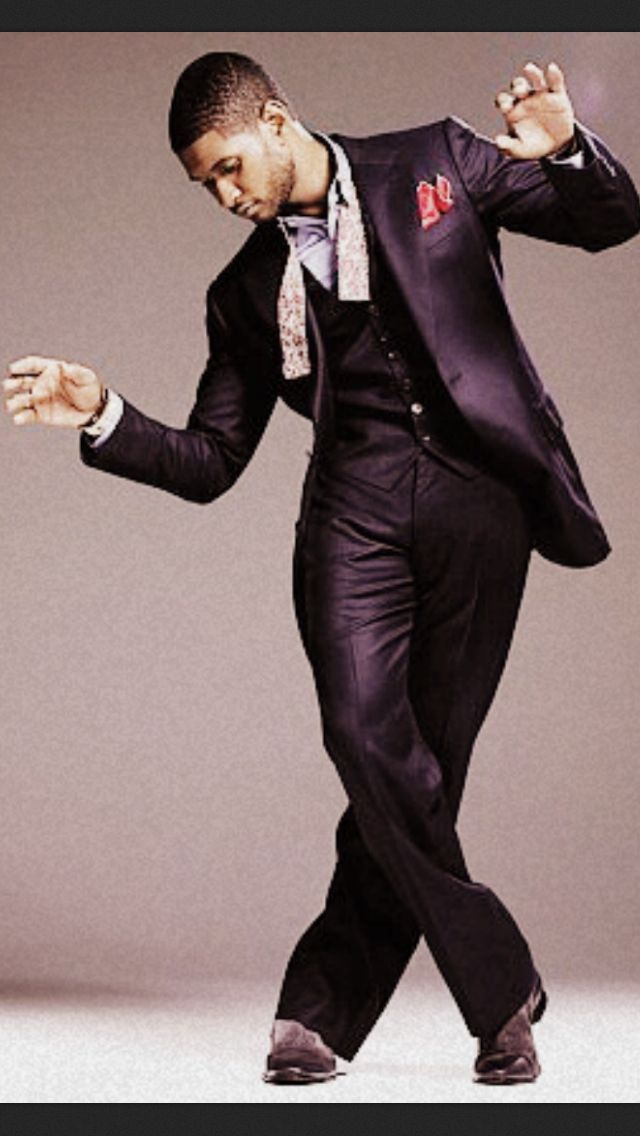 scene. Back at 1972, while touring with the Jackson 5, he wanted to run backstage to get the hat he wore for the cover of the album before performing the hit Got to Be There. “They didn’t let me do it then, because I was small, and the adults thought the idea was stupid. But soon Donny Osmond was performing all over the country wearing a very similar hat, and people were ecstatic. Even then I trusted my instincts. I believed that I knew how to do it."
scene. Back at 1972, while touring with the Jackson 5, he wanted to run backstage to get the hat he wore for the cover of the album before performing the hit Got to Be There. “They didn’t let me do it then, because I was small, and the adults thought the idea was stupid. But soon Donny Osmond was performing all over the country wearing a very similar hat, and people were ecstatic. Even then I trusted my instincts. I believed that I knew how to do it."
More than a decade later, preparing for Motown 25, the first thing Jackson ordered was a hat: "a cool spy-type fedora, like a secret agent." Until the last evening before the performance, however, a hat and a black jacket he accidentally found were his only plan.
“Then I went down to the kitchen and turned on Billie Jean. Loudly. I was there alone, the night before the show, just standing there and waiting for the song to tell me what to do. I let the dance create itself, let it talk to me. When I heard the first bar, I put on that spy hat, struck a pose, and followed Billie Jean's rhythm, letting him dictate the moves. And this moment, when I faded into the background, skipping ahead of the dance, was amazing, ”said Jackson at the end of the decade.
And this moment, when I faded into the background, skipping ahead of the dance, was amazing, ”said Jackson at the end of the decade.
On that day in Pasadena, Michael Jackson's moonwalk saw the light of day for the first time - perhaps the single artist's signature move in the history of popular culture. “I didn’t invent the moonwalk,” Jackson never hid, “but I perfected it. It was a dance piece from the ghetto and was taught to me by three black guys. They showed me the basics, and then I practiced alone for a long time and combined it with other steps. All I knew for sure was that in losing to Billie Jean, I would go forward and backward at the same time, as if I were on the moon.
There is another version of the origin of the moonwalk. Choreographer Jeffrey Daniel, who worked with Jackson on later videos for Bad and Smooth Criminal, said that she appeared after Jackson and "little Janet" saw him dancing at Disneyland in the early 80s.
“They watched me dance from backstage. And then he called me and said he wanted to meet and work on the movements.” According to Daniel, Jackson didn't even manage to do the moonwalk right away ("It's like the Matrix - everyone fails the first attempt"), but "then seeing him do it on stage and launch it into the stratosphere was something."
***
It is important to understand that in the early 80s Jackson's creative authority was already so high that he invited choreographers to cooperate so that they would broadcast his ideas, and not supply them with their own. “MJ gave them instructions on what type of movement they would like, so the choreographer would already put it into concrete form. Then he came in, looked at the material and adapted it for himself, ”says Steve Knopper, editor of Rolling Stone and author of The Genius of Michael Jackson.
The cult videos Thriller (the world's premier music video: a 14-minute, half-million-dollar horror movie that hit theaters and inspired the annual pre-Halloween dance festival) and Beat It (a gangland story that references West Side Story compositionally) were directed by Michael Jackson Peters. He said that the secret of Jackson's bombastic choreography is his brilliant knowledge of both the history of dance and its present. This allowed Michael to combine elements of break dancing with borrowings from Fred Astaire and Gene Kelly.
He said that the secret of Jackson's bombastic choreography is his brilliant knowledge of both the history of dance and its present. This allowed Michael to combine elements of break dancing with borrowings from Fred Astaire and Gene Kelly.
By the way, with Astaire, the maestro of musical comedy of the first half of the 20th century and the first person in the IMDb database, Jackson has an episode that allowed him to truly feel like a dancer for the first time.
“Fred Astaire called me the day after Motown 25. He said, verbatim, “You move like the devil, boy. You put them all in a puddle yesterday.” I wrote it down yesterday and rewatched it this morning. You're just the devil." [When Gene Kelly said the same thing to me] I felt like I was introduced into an informal fraternity of dancers, and it was a huge honor, because these are the people I admire most in the world.
***
In addition to rope feet, spins, toe-stands and monster dancing, until the late 80's Jackson's big dance inventions were the groin grabs and the anti-grav tilt from the Smooth Criminal video. About the first in 1993, Oprah Winfrey asked him bluntly in a long interview: “Why are you always grabbing your groin? Do you have some problem?" Jackson, with a childish laugh, explained that he just listens to the music and does what it says: “It happens unconsciously. Dancers, they just interpret music and accompaniment. If there are basses, you yourself become a bass. If the strings - you become a string and the emotion that it expresses. So if I'm dancing and I'm like, bam, grab myself, I'm doing it because the music says so. I don’t think: so, but is it necessary to do this, otherwise the place is not the most successful. This happens by itself. Sometimes I look back at the records and think: did I really do this?
The week before the interview with Oprah, Jackson did a half-time show at the Super Bowl: now the dream of any artist in the world, but then the halftime of the most important sporting event in the United States, to which viewers left and did not always return. It so happened that at that moment not only Michael was needed by the Super Bowl, but also vice versa: Jackson remained a megastar and collected stadiums with the Dangerous tour, but the very music that he played: light, danceable, naive - already sounded a little outdated and receded under pressure grunge, alternative and hip-hop.
It so happened that at that moment not only Michael was needed by the Super Bowl, but also vice versa: Jackson remained a megastar and collected stadiums with the Dangerous tour, but the very music that he played: light, danceable, naive - already sounded a little outdated and receded under pressure grunge, alternative and hip-hop.
And Jackson delivered. In his autobiography, he wrote that he always gave the best work under pressure, and this was just such a case. For 12 minutes at the Rose Bowl stadium in Pasadena, he showed a mashup of hits, and then, with the participation of the stands and 3,500 children who filled the field, he sang the humanitarian anthem Heal the World. As a result, TV ratings for the match rose during the break and remained high until the end, the Super Bowl break became one of the top shows on Earth, and Jackson regained the title of King of Pop and, in a sense, even anticipated YouTube.
Smooth Criminal is not so romantic. The 45-degree slope from there looks as luxurious as it is implausible - even for Michael Jackson.
The clip used threads and wires for support, and for live performances, Jackson patented a special shoe with ankle support, which was attached to the stage surface by a mechanism in the heel and allowed the dancer to shift the center of gravity from the feet, but remain on them. Sometimes, however, it failed - as, for example, in Moscow at 1996th (Jackson's second and last visit to Russia with a campaign for antiques and a meeting with Yuri Luzhkov).
The 90s were not the most glorious period in Jackson's life. He married, got divorced, defended himself against accusations of pedophilia (he was not convicted, but the residue remained), waved a child from the balcony and turned suspiciously white (an autopsy confirmed that he really had vitiligo, not racism).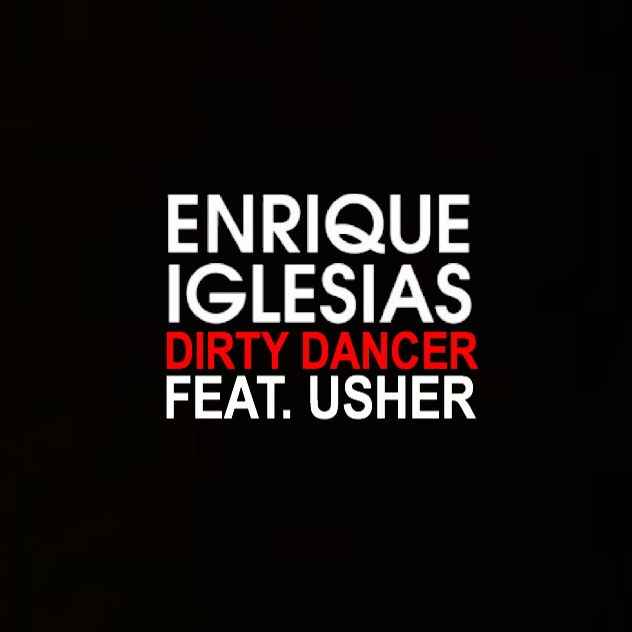 So over the years, he went from an eccentric celebrity living at home with a boa constrictor, a llama and a chimpanzee, into a grotesque celebrity who walks in a mask, avoids any contact with the media, and is experiencing financial difficulties. Plus, he built a ranch that evoked the sinister Xanadu castle from Citizen Kane, even though it was for kids.
So over the years, he went from an eccentric celebrity living at home with a boa constrictor, a llama and a chimpanzee, into a grotesque celebrity who walks in a mask, avoids any contact with the media, and is experiencing financial difficulties. Plus, he built a ranch that evoked the sinister Xanadu castle from Citizen Kane, even though it was for kids.
Jackson's star power from all the PR failures, however, did not suffer much, and when he went on a farewell tour in 2009, due to frenzied demand, the number of gigs on the London O2 was increased five times: from ten to an unimaginable 50. From this megalomaniac project, only one documentary about the rehearsals of This Is It came out, but its effect is even stronger because nothing came true.
The film begins with the selection of dancers for a concert troupe, and almost every member is crying when trying to explain what it means to him to dance next to Michael Jackson.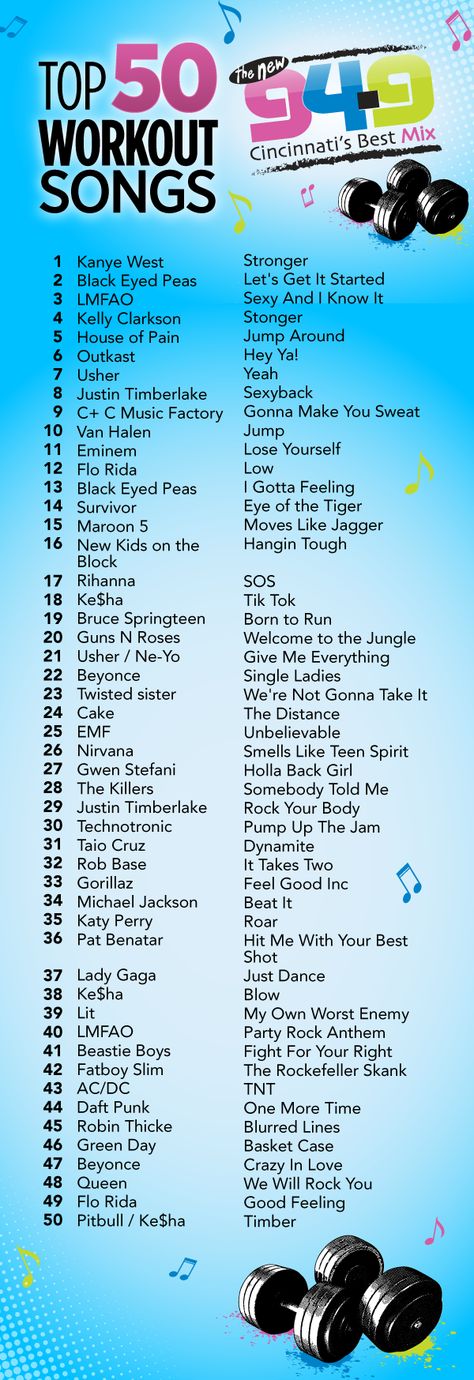
“Life is hard, isn't it? says a boy in a leather jacket over his naked body in a trembling voice. “And I kept looking for something that would give me meaning and hope and faith in something. I found Michael."
***
It is generally accepted that great work is behind great success - this is prestigious, pedagogical and almost always true. But behind the biggest is always something else (luck? cunning? magic?).
Perhaps that is why when you meet a person who has found his business, then you remember him for a long time. It could be Jamie Oliver explaining that a good omelette doesn't need milk, or Alexander McQueen with his holographic Kate Moss, Leo DiCaprio with his Russian accent, or Cord yelling about "####### simple and simple ### ####".
And very rarely it can be someone like Michael Jackson - a born showman who, when asked about his destiny, answered: “It is a great honor for me to be the chosen one who gives the world music, love, harmony.